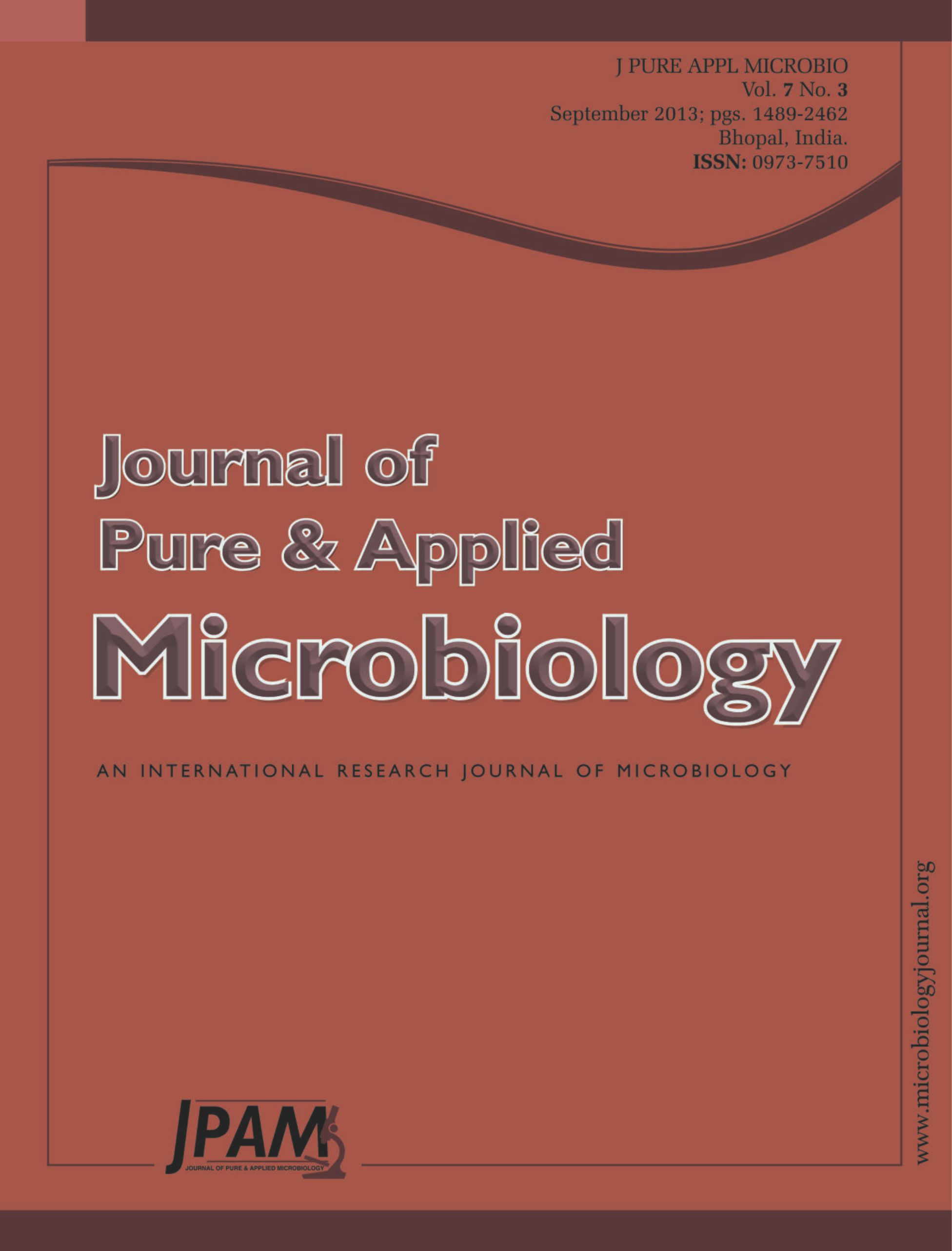Illicium verum is an medicinal plant containing many valuable active ingredients. However, the rich extractives from its fruit are invariably wasted for inefficient separation processes. To further utilize these resources, the four extractives were obtained, and BPME extractives were subsequently analyzed by GC-MS. The first- and second-stage extractives contained 34 and 61 components, respectively. The third- and fourth-stage extractives only contained anethole. And the four methods were suitable for extraction of anethole. Furthermore, the BPME extractives contained many biological active molecules, such as anethole, stigmast-4-en-3-one and g-sitosterol. It therefore suggested that BPME extractives could be used as biomedicines, rare spices, liquid bioenergy, etc.
Illicium verum fruit, Wood derived biomedicine, Biomedical extractives, Bacteriostasis extractives
© The Author(s) 2014. Open Access. This article is distributed under the terms of the Creative Commons Attribution 4.0 International License which permits unrestricted use, sharing, distribution, and reproduction in any medium, provided you give appropriate credit to the original author(s) and the source, provide a link to the Creative Commons license, and indicate if changes were made.


